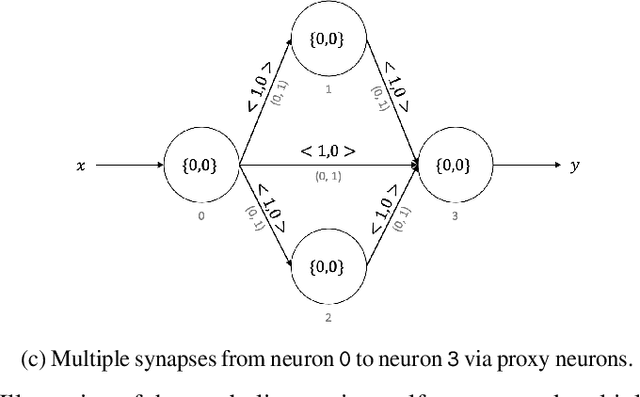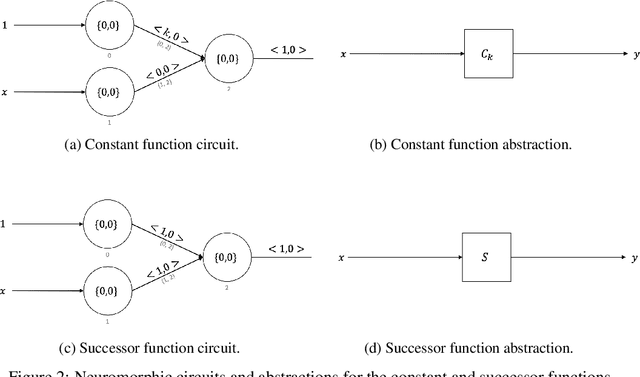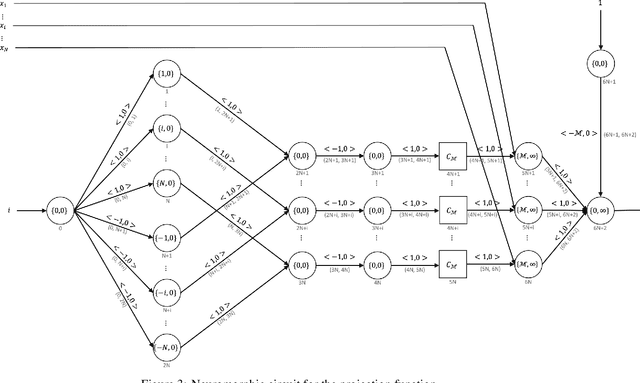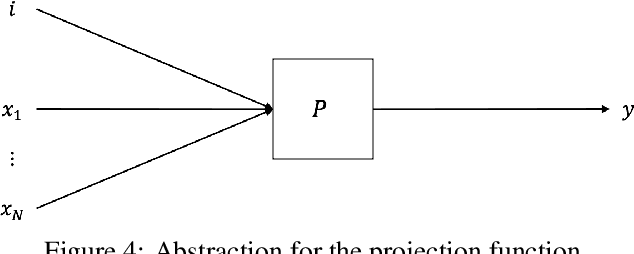Neuromorphic Computing is Turing-Complete
Paper and Code
Apr 28, 2021



Neuromorphic computing is a non-von Neumann computing paradigm that performs computation by emulating the human brain. Neuromorphic systems are extremely energy-efficient and known to consume thousands of times less power than CPUs and GPUs. They have the potential to drive critical use cases such as autonomous vehicles, edge computing and internet of things in the future. For this reason, they are sought to be an indispensable part of the future computing landscape. Neuromorphic systems are mainly used for spike-based machine learning applications, although there are some non-machine learning applications in graph theory, differential equations, and spike-based simulations. These applications suggest that neuromorphic computing might be capable of general-purpose computing. However, general-purpose computability of neuromorphic computing has not been established yet. In this work, we prove that neuromorphic computing is Turing-complete and therefore capable of general-purpose computing. Specifically, we present a model of neuromorphic computing, with just two neuron parameters (threshold and leak), and two synaptic parameters (weight and delay). We devise neuromorphic circuits for computing all the {\mu}-recursive functions (i.e., constant, successor and projection functions) and all the {\mu}-recursive operators (i.e., composition, primitive recursion and minimization operators). Given that the {\mu}-recursive functions and operators are precisely the ones that can be computed using a Turing machine, this work establishes the Turing-completeness of neuromorphic computing.
 Add to Chrome
Add to Chrome Add to Firefox
Add to Firefox Add to Edge
Add to Edge